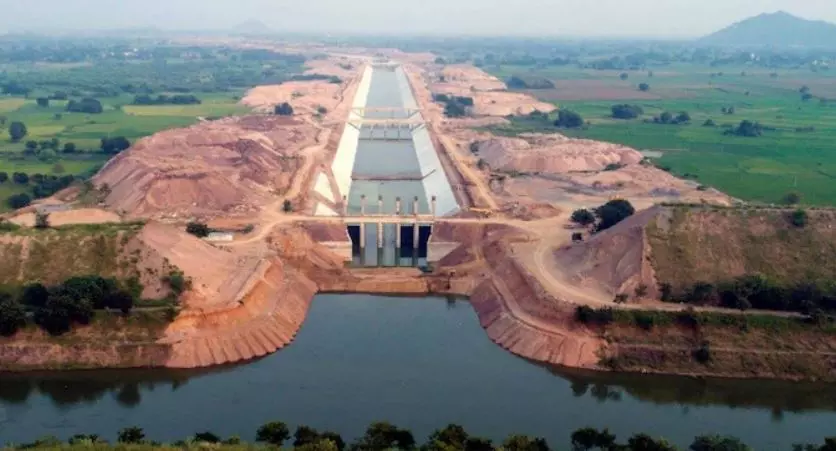Medigadda ‘urgency’ led to disaster at KLIS

Hyderabad:The ongoing Justice P.C. Ghose commission of inquiry into the causes of problems at Medigadda, Annaram and Sundilla barrages of the Kaleshwaram project on Friday continued to unearth details that led to the current state of disrepair of the barrages, and how this situation came about to be.
The commission was informed that a decision was taken to increase the height of the cofferdam at Medigadda to ensure round-the-year work for the speedy work, and that there was a sense of urgency to complete the task. This came amidst design revisions, changes in the original plan, and increased cost of construction, the commission was informed.
Continuing his deposition for the second day, former engineer-in-chief N. Venkateswarulu informed Justice Ghose that the height of the cofferdam — designed to divert river water away from construction area — at Medigadda was increased by about five metres to facilitate work even during the rainy season.
He said the initial design for the cofferdam – at 96 metres above sea level — was not adequate, and was submerged in floodwater. During a site visit on December 2017, the then irrigation minister, the then engineer-in-chief (general), and himself inspected the situation where oral instructions were received to increase the cofferdam height by four to five metres.
Later, Venkateswarulu was asked whether the construction agency had complained of delays in receiving designs, resulting in delays in construction, and, as the then chief engineer of the Kaleshwaram lift irrigation scheme he had held periodic reviews to attend to these issues.
The official replied that during some of the review meetings at the project site, decisions were taken. On why everything was done orally in such instances, Venkateswarulu replied it “happened due to urgency.” Just two years were given for the construction.
The second official to be questioned on Friday was K.S.S. Chandrashekar, former superintending engineer in the Central Designs Organisation (CDO), the unit of the irrigation department that designed the barrage. He said the CDO had to recast designs, and provide alternatives for Medigadda as the complete site conditions were not reported to the organisation initially.
Chandrashekar said that when the first general arrangement drawings were made, the only data on soil available was that it was sand but later data showed there was gravel and sandstone under the river bed. This meant the original design of sheet piles was not suitable.
The then CE of Kaleshwaram project sought a revision of the designs. Based on suggestions from the contractor and the CE, the CDO provided two alternatives, technally called secant piling and diaphragm wall cut-offs, and the CE had chosen to go with the secant pile system.
What Justice Ghose commission was told
L&T JES-PV complained about delays in receiving designs for Medigadda. Then KLIS chief engineer N. Venkateswarulu said he was not aware of reasons for delays but they were there pertaining to design of rafts, abutments and the double lane road bridge.
Estimates for Medigadda rose from `2,591 crore to `4,613 crore, for Annaram from `1,785 cr to `2,700 cr and for Sundilla from `1,437 crore to around Rs 2,200 crore. Venkateswarulu said this was due to revisions in designs, extra items of works such as flood banks, and diversion channels that were not included in the original project report.
